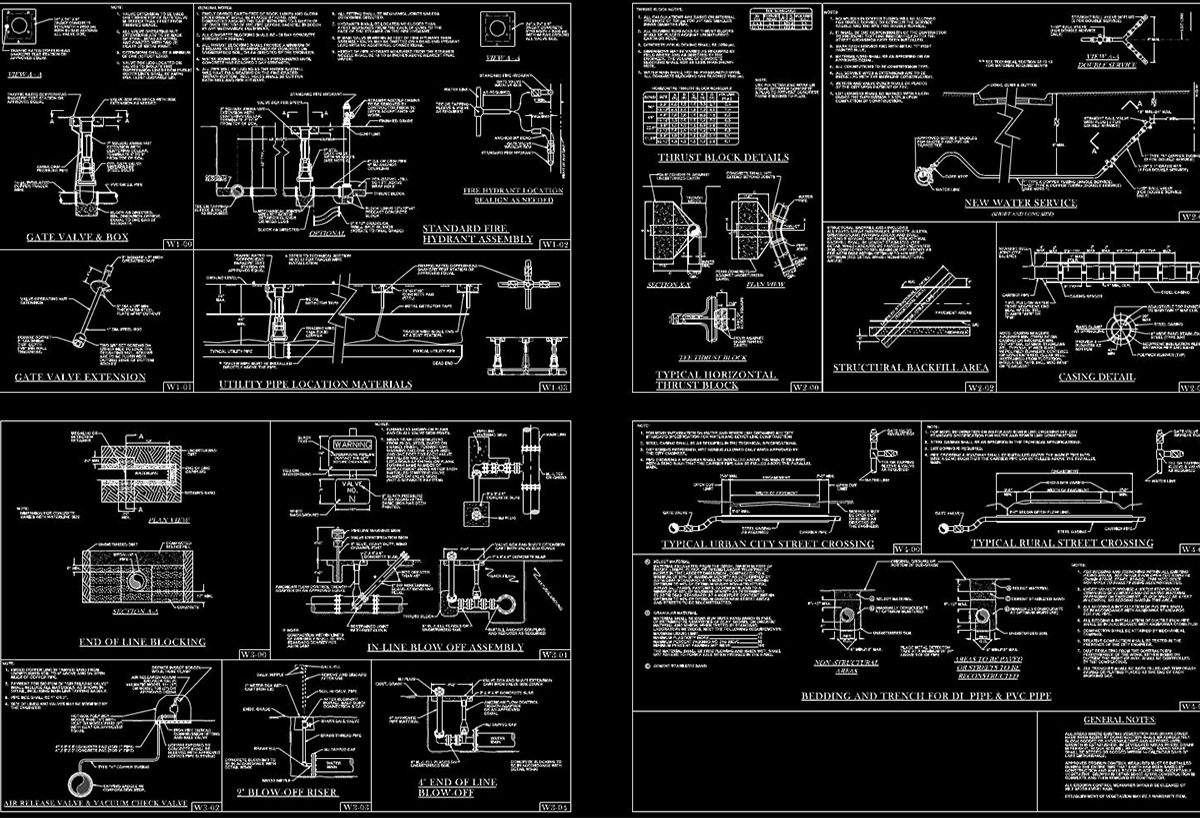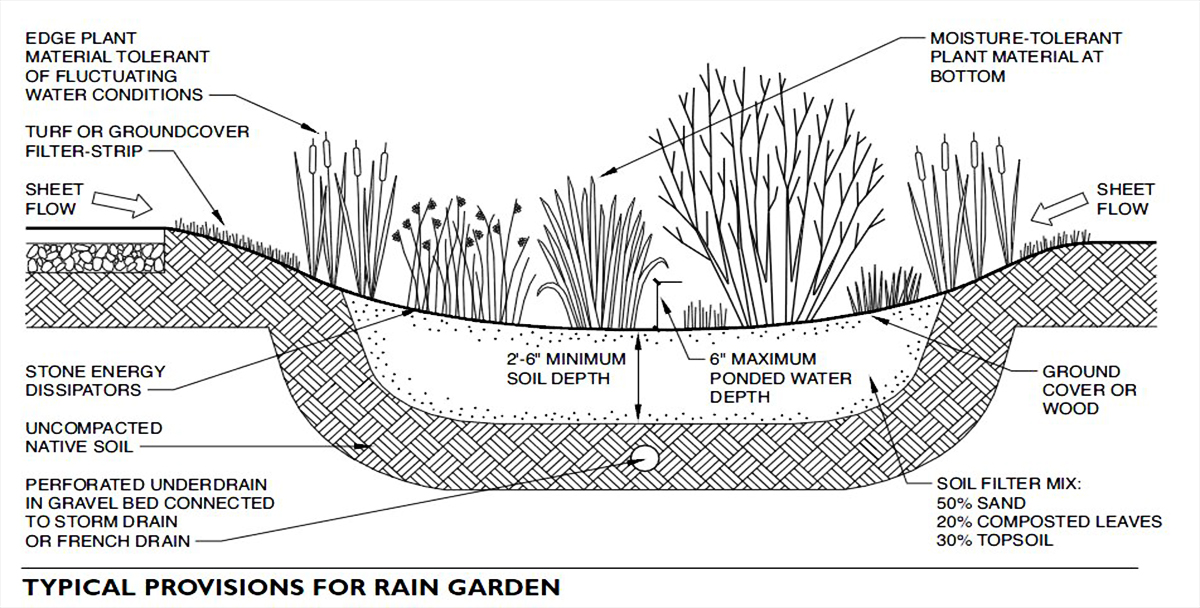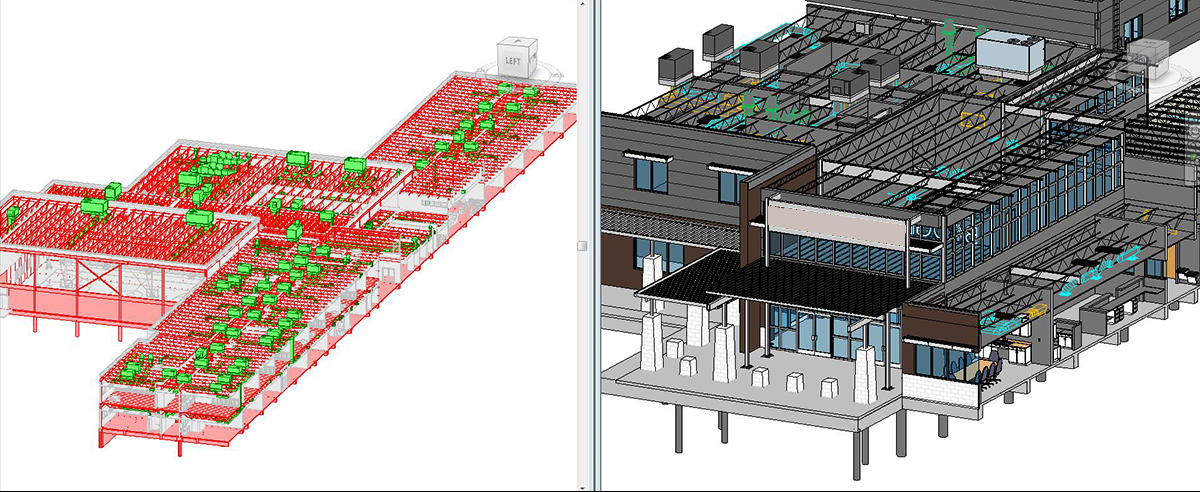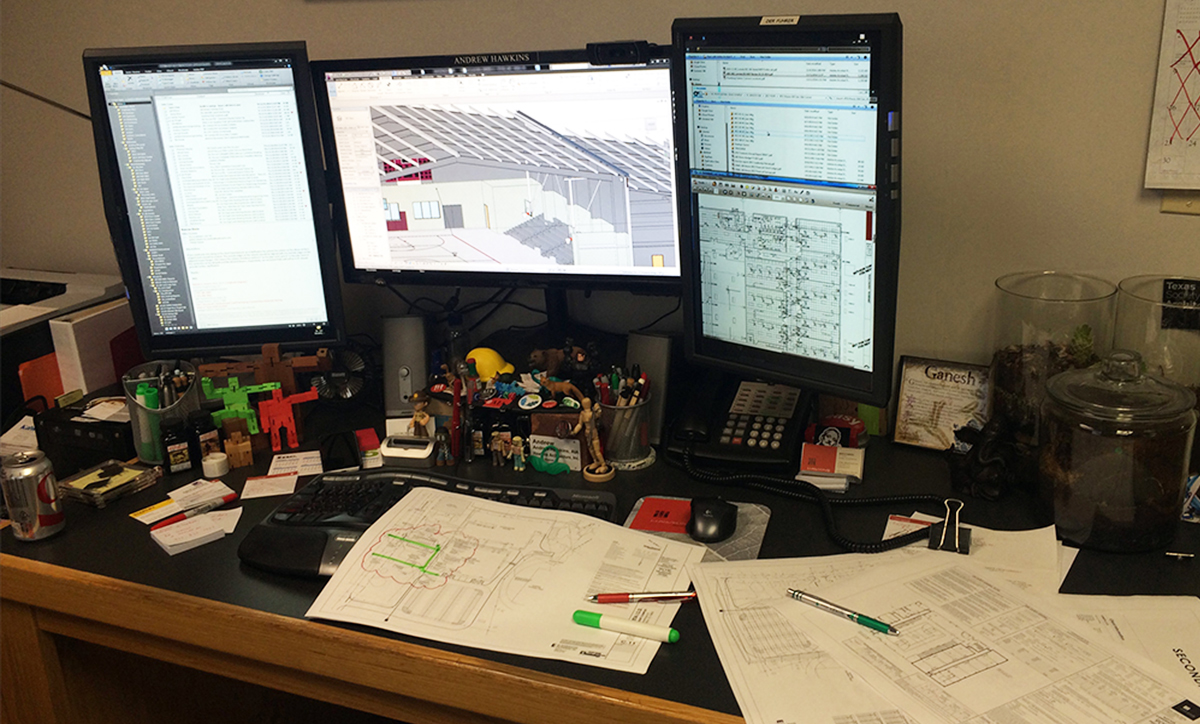When architects work with consultants, how does that process operate? How many consultants are there on any given project? Well, that answer can vary widely by project type. Since this was a recently submitted question, I thought I would spend some time and discuss my knowledge on this subject. So for starters, let me say that my project knowledge is based on public project types and commercial project types. Also, I am located in Texas; location can also make a difference in this process. So I will discuss a few of the most basic consultants and how the interactions with my office could work. I am reviewing the major consultants I typically encounter on every project with a sprinkling of the specialist that might occur.
Civil Engineers
In my experience, I often work with Civil Engineers in mainly two different ways. The first, and my least favorite, is one where there is very little interaction. Their work is completed before I even start the project. This happens at times when there is a developer involved, and they have already “maximized” a site for the project scale and scope they desire. This tends to happen here because most municipalities require a site plan approval process as the first step in permitting. So the landowner hires a civil engineer to layout the site. I say layout because I feel there is usually very little design in the process. These tend to be about efficiency and squeezing every last inch of usable site on a plot. What is typically left is some “hole” in the site plan where the building is proposed to be located. For this reason, this is not my preferred method. At times you begin with some limitations you should not have. The other method for iteration here is that they are actually hired by my office and contracted through me. They respond to my site design ideas and also work as part of the team. I think it seems obvious why this would be preferred. If I had one complaint about this arrangement, it would be about flexibility. I find that most civil engineers (and don’t get mad) tend to want to take one pass at the project and then move on to the next. Iteration is not something they tend to enjoy.
Landscape Architects
I will say that I have rarely had one on my projects. This makes me sad. I value everything they can bring to the project, but they are often bypassed on projects due to budget constraints. Maybe I should say perceived budget constraints. When I was able to work with them on my projects, it was always wonderful. Since they have essentially the same education and training process as we do, there is a built-in camaraderie. That is nice. But like I stated, landscape is typically an overlooked segment of work on many of my public projects. The goal here is low to no maintenance, that includes things that grow. Insert sad face. When they were consultants, they were both hired by me to be part of the team and brought on by the client.
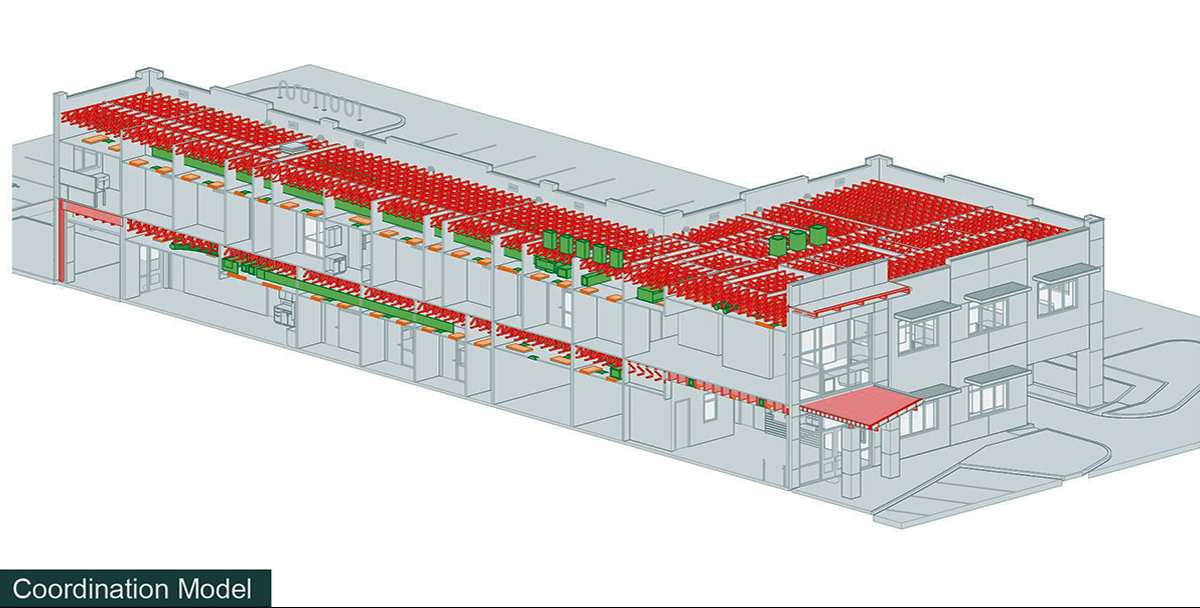
Structural Engineers
For me, this is the one engineer that I tend to spend the most time with on a project. I was lucky to find a structural engineer that I enjoy, and that really wants to work as part of the design team and understands that design is important. Once I found this engineer, they became my sole provider for structural engineering. Heck, they even became a friend. I am not sure if that is a rare instance or not, but they are the only “engineering consultant” that I have ever had a friendship with. But working with a structural engineer started early in my schematic process since I always considered them a part of the design team. I know this is not always the case for architects and structural engineers. I never had to argue about my thoughts or struggle to “get my way” since they were one of my office’s more integrated consultants on any type of project. But for all of my public work, I am always required (by law) to have a structural engineer. Many residential architects do not have such a requirement, at least here in Texas. This consultant is 95% of the time hired by my office and under contract and obligation to me, not the client.
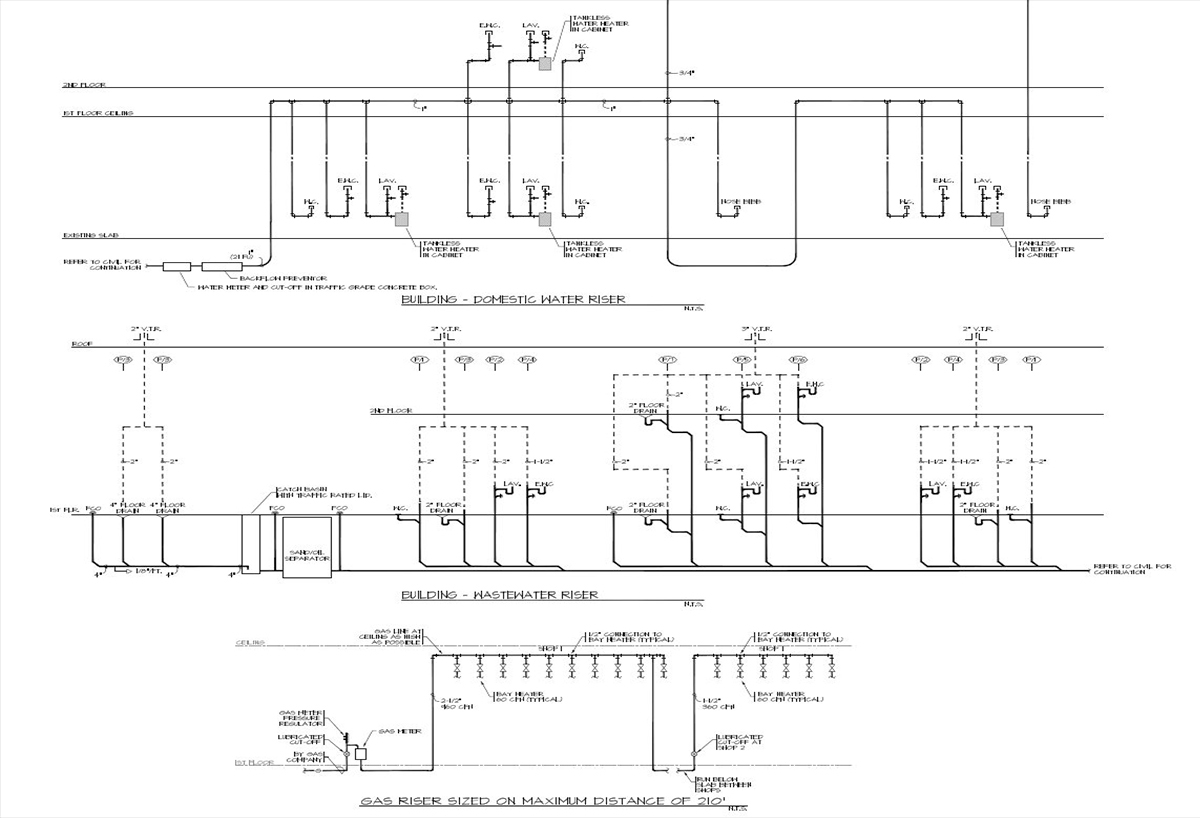
Mechanical, Electrical, and Plumbing Engineers
I am going to be brutally honest here. This is my least favorite group of engineers. I seem to have the most “bad luck” with this group. Also, I seemed to struggle most with integrating them into the project workflow. Part of me also admittedly has a chip on my shoulder about these consultants. This is mostly about the fact that their production work is almost all at a schematic level. Not their technical calculations or the support they produce for their portion of the work, but the actual drawings or modeling products. What I mean by this is that for so long, the drawings created by this group relied on notations and not a reality-based application. For example, a waterline in a drawing is represented the same. Then a note tells you it is a 4”, 6” or 28” line. When I moved into 3D modeling of projects in the mid-’00s, this was a very sore spot for me. It was impossible to get anyone to create a “reality” based product. Waterline, sewer lines, ducts, etc., were all represented schematically and then simply noted as a size. Arghhh!!! So I worked through so many of these consultants looking for one that would fit better into my 3D workflow. I am not certain I ever found one, although I did get closer at some point. This is another group that also seemed to not want so much integration. They almost always tended to be of the mindset that they wanted the project when it was almost complete so they could simply insert their work and not have to manage iterations. I understand the desire for ultimate efficiency, but I think most of these take it to the extreme and only want to do one pass at the project. This consultant is almost always hired by me and is under contract and obligation to my firm, not the client.
Other Consultants
There are a few other consultants that I managed to work with during my projects, and those included kitchen specialists for commercial or institutional kitchens. They tended to work in their own vacuum, but it was not an issue as they were tied to a very specific part of a project. I always felt like this group was either overworked or understaffed. Along those same lines are equipment or millwork consultants for labs or other specialty areas within a building. Much like the kitchen group, they usually worked out just fine because they were “confined” to a specific area of the project. Their impact, on the whole, was relatively small.
I also have had the occasional acoustical consultant who would provide analysis and design support for auditoriums or other venues of that nature. When I did work with these folks, it was always solid. I have worked with a few lighting consultants, but those always seemed to target the engineers more so than my office. I did work with a lightning consultant once when we had to manage some lightning protection on a historic building. That was interesting but short-lived. Elevator consulting happened every now and then, but it was more like intense sales reps than actual contracted consultant work. The same goes for door hardware consulting. That happens more often, but they are not a contracted consultant. They just do some consulting for free to have their products specified on the project. That is a whole other matter for another time.
I can say one thing that has changed over the 20+ years of work is that my public clients want all of the consultants under my contract more often now. I select, hire, pay, negotiate, etc., with all of the consultants on the design team. THAT WAS NOT ALWAYS THE CASE when I first started so many years ago, especially with the civil engineering team. But now, I think many clients want a “turn-key” services contract for liability reasons. I could be off base here, but that is just my gut feeling on the matter. Everyone wants to limit their own liability.
So those are the main groups of consultants that I have encountered in my modest 20+ year career in my small firm. I know that there are many other consultants in our profession, and I may have overlooked some obvious ones. But I wanted to share a bit about what could be involved when working with each. I would be interested to know if your experiences are much different or in line with mine.
Until next time,

